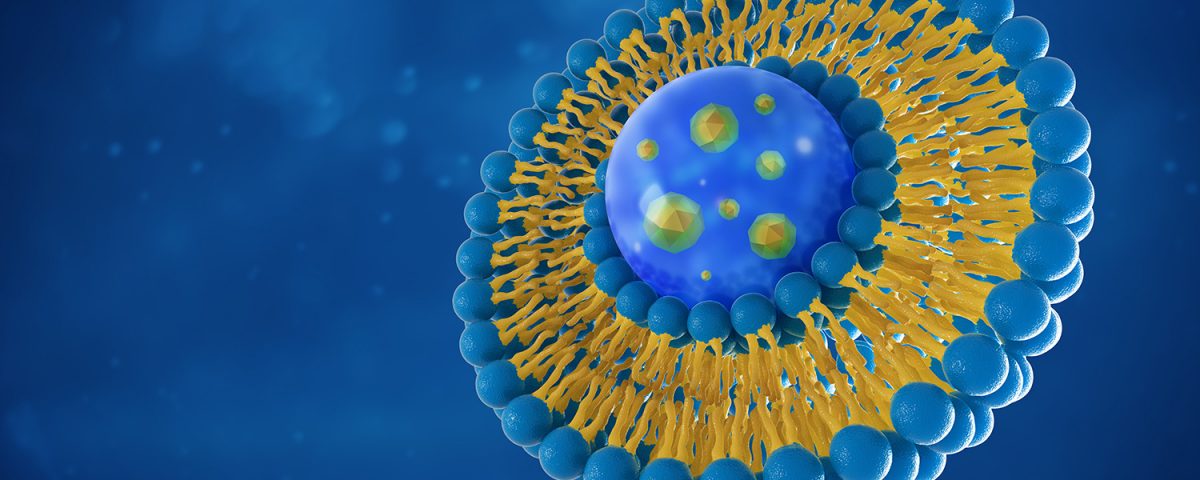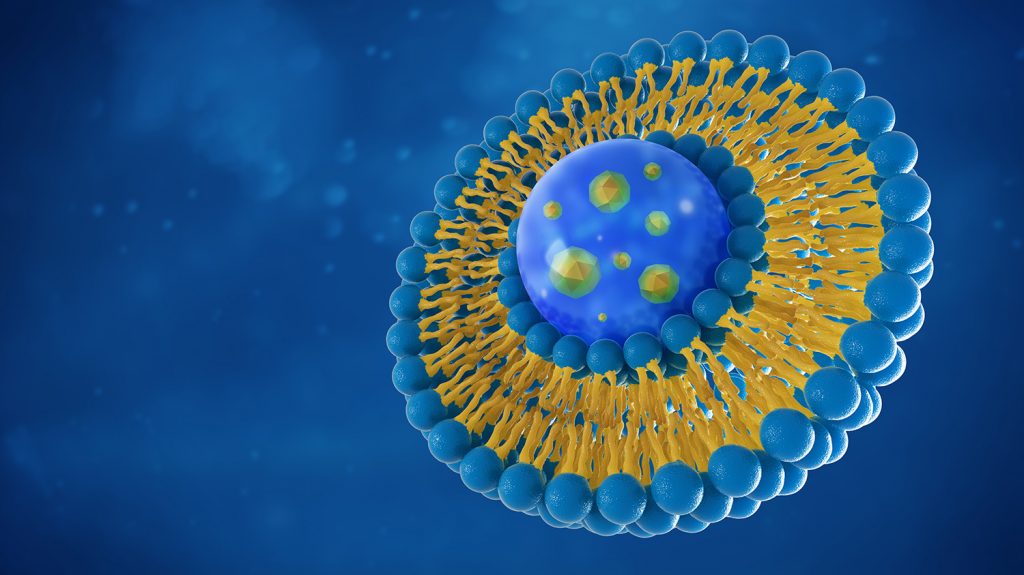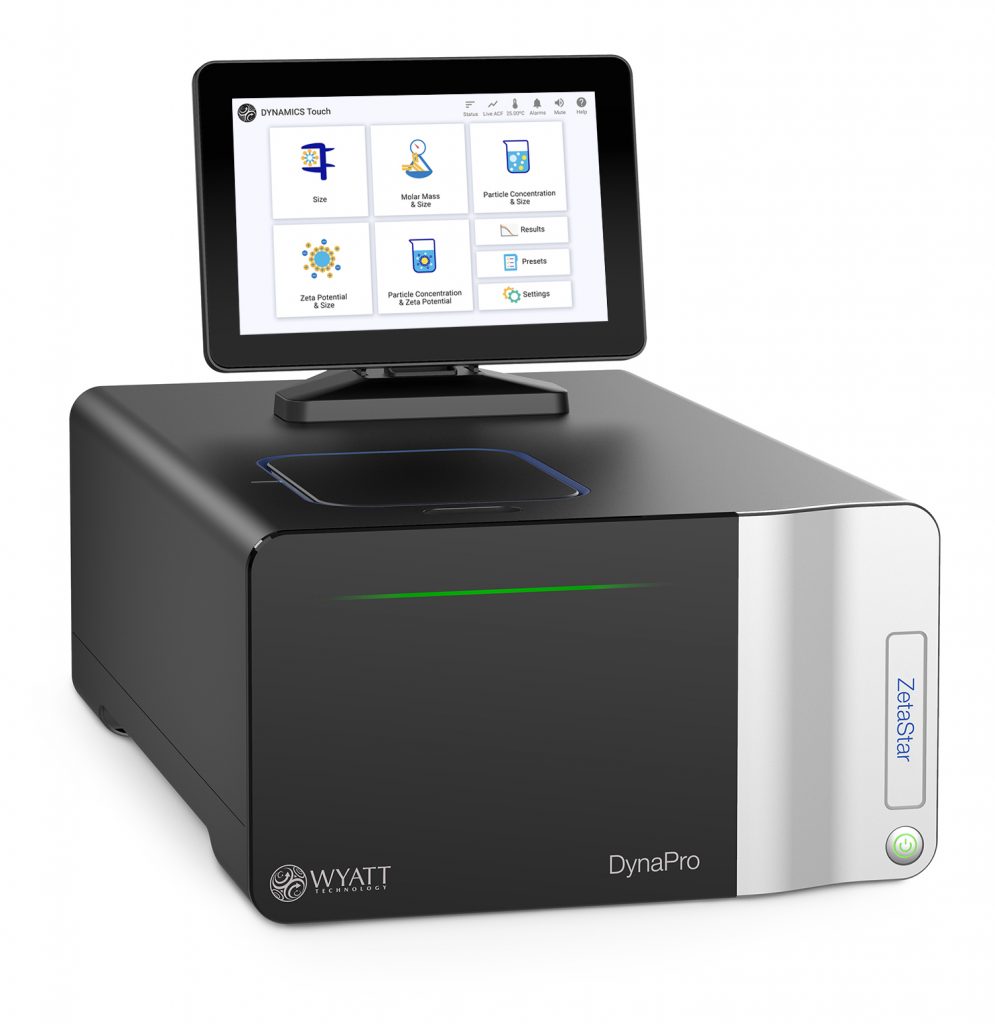Regulatory Agencies Acknowledge DLS Assays as an Established Standard for Nanoparticles

November 3, 2023
Engineered nanoparticles composed of metals, polymers, or lipids have been clinically used for controlled delivery of therapeutic substances since the 1990s(1). These synthetic carriers have been demonstrated to improve a drug’s solubility, stability, and bioavailability(2), critical qualities that contribute significantly to a therapy's effectiveness. As with any therapeutic approach, the need for robust and easily validated analytical methods cannot be overstated, particularly those that support release assays.
One such method and the instrument that performs the method, acknowledged by the FDA as part of the consensus standard nanoparticle analysis techniques, is dynamic light scattering (DLS) “…[due to] its scientific and technical merit and/or because it supports existing regulatory policies”(3). Commercial DLS instruments for the determination of nanoparticle size and polydispersity have been in use for decades. By as early as 2015, 60% of FDA submissions for drug products that contained nanomaterials included DLS data(4)!
We are immensely proud to be able to contribute to the success of nanoparticles through our instruments (DynaPro™ Plate Reader, NanoStar™ and ZetaStar™). Our customers further benefit from unparalleled scientific support and can rely on Wyatt for essentials like nanoparticle size standards (50 nm or 150 nm radius. For those getting started in this area, the following references offer further guidance:
- ASTM E3247-20. Standard Test Method for Measuring the Size of Nanoparticles in Aqueous Media Using Dynamic Light Scattering
- NIST SP 1200-6: Measuring the Size of Nanoparticles in Aqueous Media Using Batch-Mode Dynamic Light Scattering
- ISO 22412:2017. Particle size analysis — dynamic light scattering
References:
(1)Anselmo, A.; Mitragotri, S. “Nanoparticles in the clinic: An update” Bioeng Transl Med. 2019. 4(3).
(2)Blanco, E.; Shen, H.; Ferrari, M. “Principles of nanoparticle design for overcoming biological barriers to drug delivery” Nat Biotechnol. 2015. 33(9): 941–951
(3)FDA website. ASTM E3247-20 “Standard Test Method for Measuring the Size of Nanoparticles in Aqueous Media Using Dynamic Light Scattering” https://www.accessdata.fda.gov/scripts/cdrh/cfdocs/cfStandards/detail.cfm?standard__identification_no=41713
(4)Fisher, A. et al. “Advancing pharmaceutical quality: An overview of science and research in the U.S. FDA’s Office of Pharmaceutical Quality” Intl. J of Pharmaceutics. 2016. 515:390-402.


